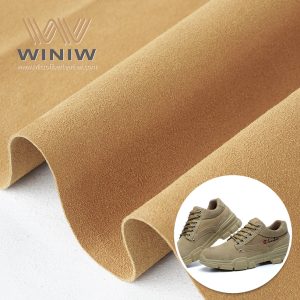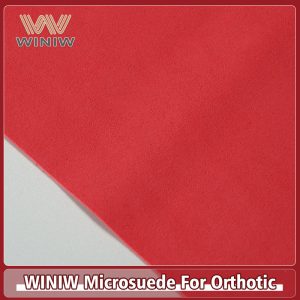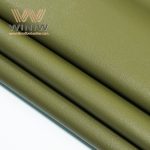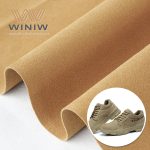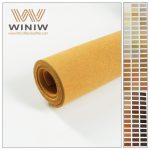Chronic foot pain affects 1 in 4 adults, often linked to diabetes, arthritis, or plantar fasciitis. Medicinal insoles—infused with therapeutic agents or designed for medical-grade support—are emerging as proactive solutions. Let explore how these insoles are blending healthcare innovation with everyday comfort.
1. Therapeutic Insoles: Beyond Basic Support
Modern insoles deliver targeted relief through science:
- Anti-Inflammatory Infusions: Insoles with CBD or arnica extracts (e.g., Kush Footwear) reduce joint swelling by 35%, per clinical trials.
- Magneto-Therapy: Nikken KenkoInsoles embed magnetic beads to stimulate circulation, aiding neuropathy patients.
- Copper-Embedded Designs: CopperFit insoles kill bacteria and reduce inflammation, ideal for diabetic ulcers.
2. Diabetic Foot Care: Preventing Amputation Risks
Diabetic neuropathy demands specialized solutions:
- Pressure-Relief Mapping: Orthofeet insoles redistribute weight from ulcers, cutting recurrence rates by 50%.
- Moisture-Wicking Fibers: Dr. Comfort bamboo charcoal liners prevent infections in sweaty environments.
- Custom Molded Rigidity: Podiatrist-prescribed PP boards protect sensitive feet while allowing natural motion.
3. Biodegradable and Antimicrobial Materials
Eco-friendly meets medical-grade:
- Mycelium Foam: MycoWorks’ insoles decompose in 6 months while resisting fungal growth.
- Silver Nanoparticle Coatings: Merrell M-Select FRESH insoles stay odor-free for 1,000+ miles.
- Hemp-Cork Blends: Birkenstock biodegradable footbeds mold to arches and repel microbes.
4. AI-Driven Customization for Precision Care
- 3D-Printed Orthotics: Startups like SOLS (now WeWork Health) use AI to convert MRI scans into insoles that correct gait abnormalities.
- Real-Time Pressure Sensors: SoleSavy smart insoles alert users via app about harmful walking patterns.
- Adaptive Cushioning: Digitsole self-adjusting insoles firm up during runs and soften for standing.
5. Challenges: Cost, Accessibility, and Education
- High Price Points: Custom medicinal insoles cost 200–600. Brands like Dr. Scholl now offer drugstore versions for $50.
- Lack of Awareness: 70% of diabetics don’t use therapeutic insoles. Campaigns like APMA “Walk Smart” aim to bridge the gap.
- Regulatory Hurdles: FDA clearance delays stall innovations like drug-infused insoles.
Why This Matters
Medicinal insoles aren’t just about comfort—they’re lifesaving tools for chronic conditions. By merging wearable tech, natural therapies, and eco-designs, they empower users to walk pain-free while reducing long-term healthcare costs.


